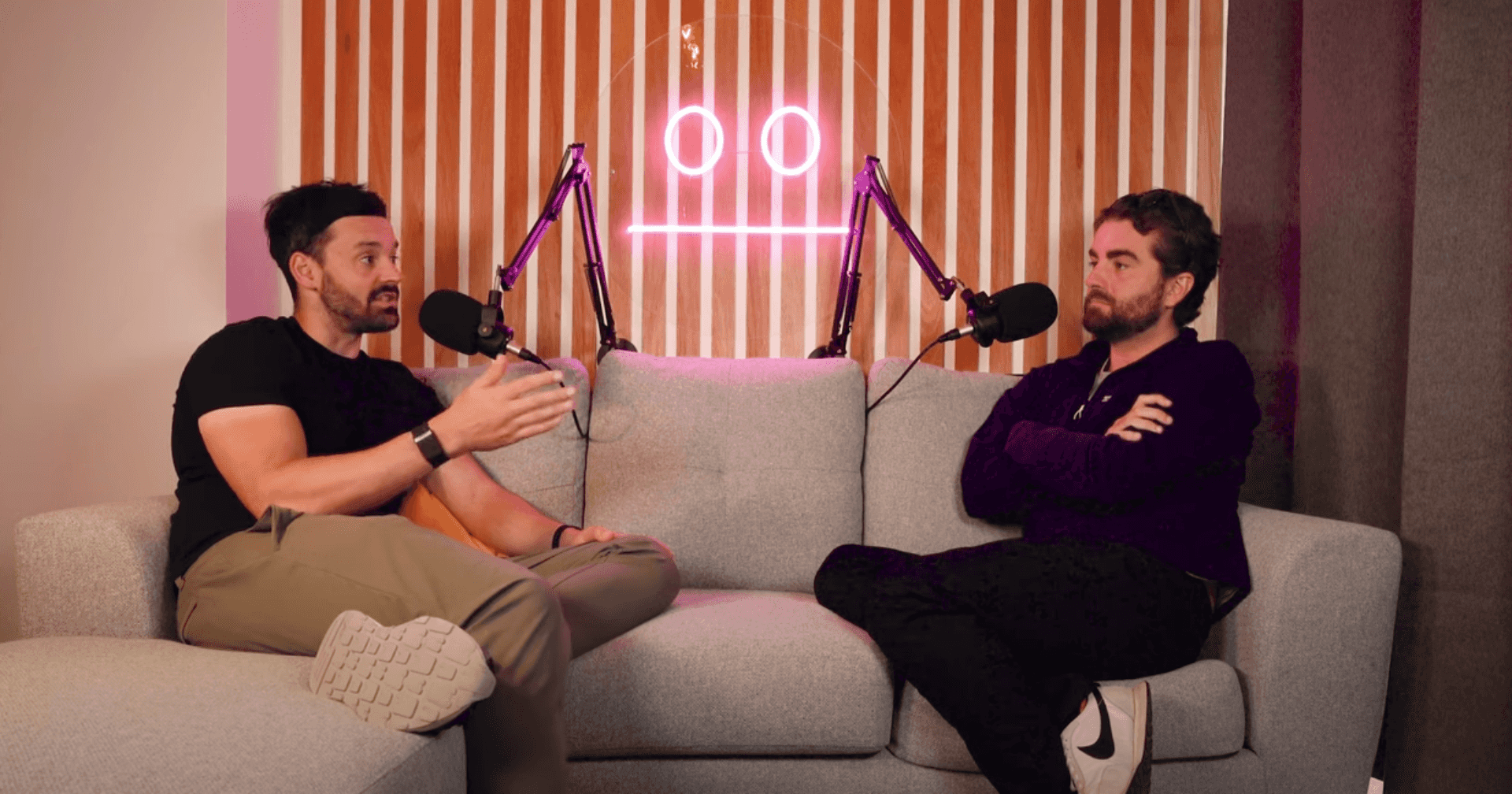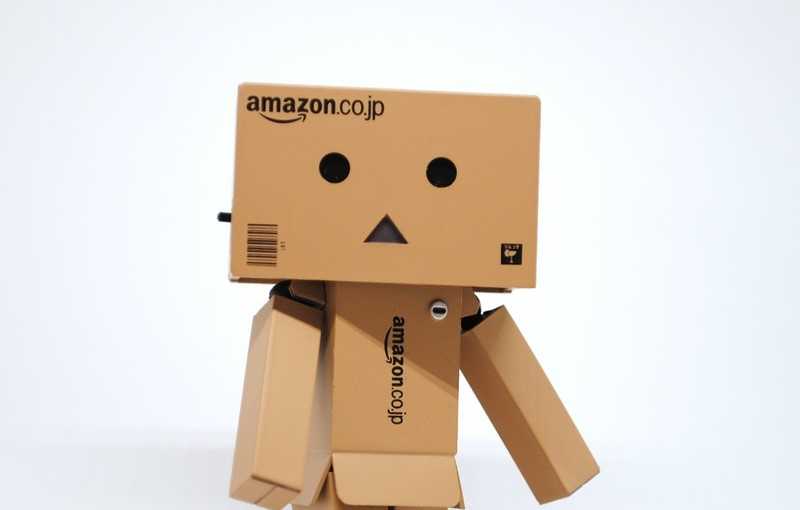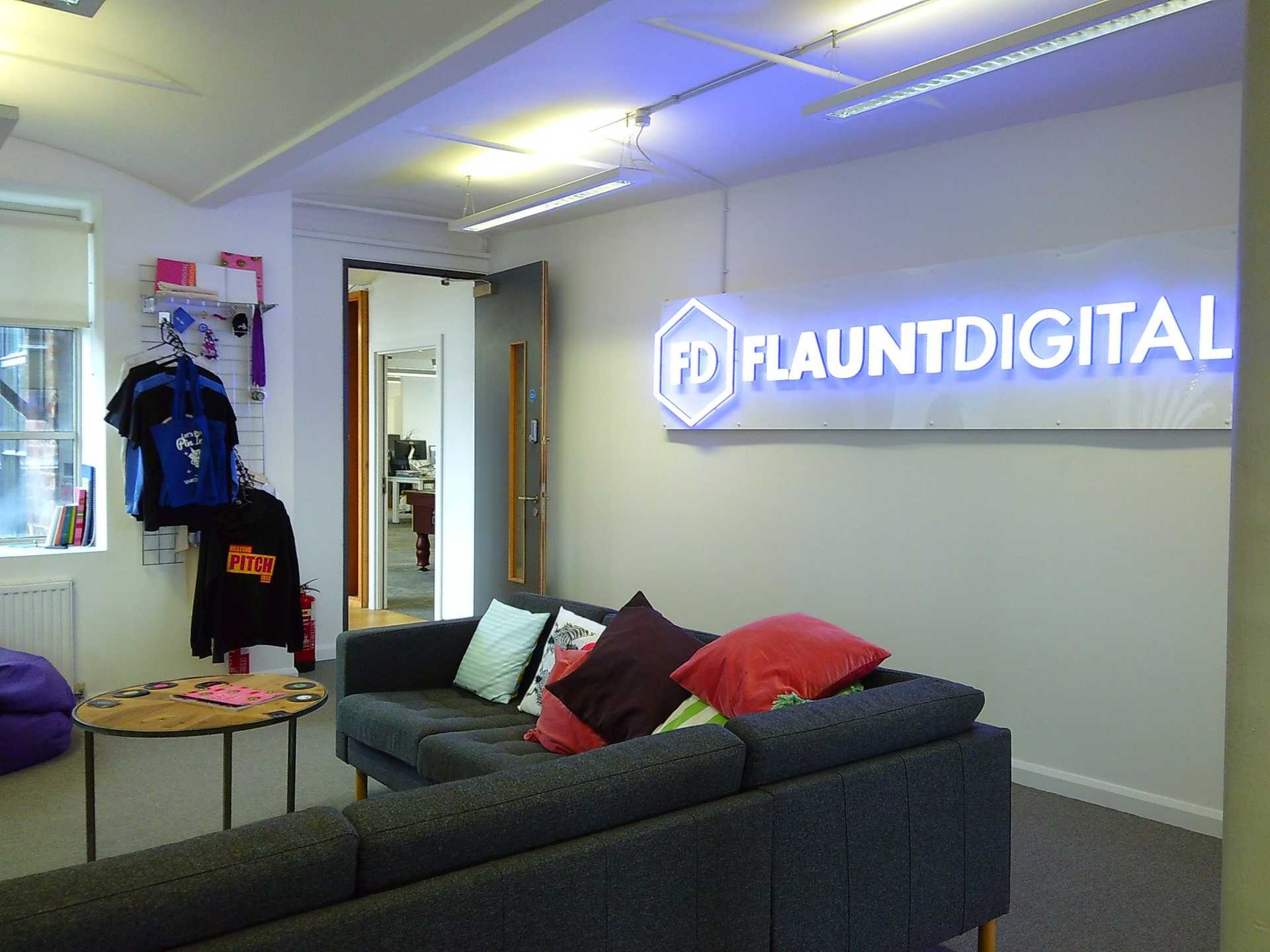
Amazon’s advertising platform has come a long way in the last few years, with many agencies and brands moving part of their budgets from Google or Facebook to Amazon. Chris, Media Director at Flaunt Digital, gives an introduction to Amazon DSP…
See below for a full video transcription.
VIDEO TRANSCRIPTION:
Hi, I’m Chris and today we’re going to be talking about Amazon DSP, which is Amazon’s redevelopment of their advertising suite.
We think this is kind of in response to Google’s recent redevelopment in Q4 for their Google Advertising platform, which has taken off really, really well. A couple of things in relation to the Amazon DSP. So this is a DSP just like any other programmatic advertising suite. So it’s got like your creative hub. It’s got an integrated ad server. It’s got viewability tracking, I think it uses Integral Ad Science as its viewability tracker which is pretty cool. I think the key benefit to Amazon DSP over any other DSP is that it can harness Amazon’s first party data. So this is something that other DSPs out there have never been able to get access to, and obviously is a really great data point to use, especially for driving customers back to Amazon.
The other key feature of the Amazon DSP is that it can advertise off Amazon as well. So if you’ve got a view to take Amazon customers away from Amazon and back to your own site, you can do that. Or you can reach customers on Amazon to bring them back to your product pages. So there’s a lot of flexibility in what you can do here. And over the last couple of years, as we’ve seen, there’s been a massive shift to consumers moving to Amazon and completing their purchase journey on Amazon. It’s a really great solution for advertisers to start taking advantage of.
So in the past, Amazon have previously operated a basic advertiser program called AMS. And this is really a PPC solution for advertisers wanting to do a little bit of product coverage across the Amazon portfolio. The difference between this basic product and the DSP is that it’s programmatic media that you’re buying in all ad placements across Amazon. So you can get video placements on things like IMDb. You can get header bidding solutions on there as well similar to the bigger vendor DSP solutions. So it really is a breakthrough in terms of advertising and the platforms that you’ve got access to.
I think the key variable is access to Amazon’s first party data which can’t be accessed anywhere else. And obviously that’s caused a lot of disruption within the Advertising-Media-Marketing domain. There are other advertisers obviously like Facebook and Google that are now under big threat against Amazon. And they consider Amazon as a big competitor when it comes to marketing. And like I said earlier, that shift in people’s buyer journey moving across to Amazon as the final touch point is becoming more recognizable over time. And obviously, people’s advertising efforts to get them back to their native websites is becoming more and more difficult, because what users tend to do is they’ll browse the item there and then just move that journey back over to Amazon. So why not get on the native interface where people are naturally going to be completing the transaction and try and push that a little bit harder there?
The targeting capabilities aren’t necessarily any more sophisticated than what you’d get through any other DSP. In fact, I would say they’re quite rudimentary in terms of categorization and the way that you can choose those target segments is sort of all bundled together. I would personally prefer to see things like first party data segments and third party data segments and DMP segments all split out, so I can layer them on together, which is a feature that’s a little bit more evolved in other platforms like DoubleClick or Google Marketing Platform, should I say, or AppNexus. So I think there’s a long way to go in terms of improving the feature set and the UX of the platform. But nevertheless, it’s made quite good strides. I think it is very simple to use as well; I would recommend anybody that has never had any experience with a marketing suite or a DSP use this because it’s so easy to use and set up. If you’ve got things like third-party impression tracking, or click tracking tags or anything like that, they can easily be pushed into the dashboard.
Another big USP for this as well is there’s been, obviously, when this kind of activity was only run by AAP or the Amazon Marketing Group, you’d have to put a massive budget against this just to get the attention of Amazon. And they’d be managing it. With this self-serve solution, it’s given advertisers the control to do what they want. So there’s no cheeky add-ons or there’s nobody else basically managing your marketing activity. So for agencies, this is perfect so they can manage this activity just like they would their Google, their Facebook, their Bing, anything like that. So it’s complete control rather than outsourcing that to Amazon, which as always been seen by quite a few people as, you know, “Well, are they doing the job correctly? We would like to see more data, etc., etc.” So that is the key advantage and there’s no minimum spend, really. You wouldn’t want to go too low on experimenting with this on a budget basis. And I think Amazon recommend no less than five grand. So yeah. I think that is another really important thing that it is self-serve and there’s no minimum budget. That’s going to help other advertisers and agencies get on board with this going forward.
When it comes to creative and the kind of ads that you can serve, we talked about the placements that you can reach both onsite on Amazon portfolio and offsite through the open exchanges, but the creative is quite limited in terms of what you can serve. You can serve dynamic product ads like you see across Facebook and Google, which really focus on the products that you’ve already browsed, that kind of thing. So the creative on Amazon is you’ll have seen them many, many times before where it’s the exact product that you maybe added to cart or it’s a similar product that you’ve been using, you’ve been browsing on a competitor page or something like that. There’s not much flexibility in the kind of artwork or creative steer that you can put on there. It’s really basic. There’s a couple of creative guidelines on things like colour schemes and things like that. But really, it’s very product focused there. The only other creative possibilities with this DSP, I think there’s three or four banner sizes like a 300 by 320. Just some of the regular sort of sizes that you would expect to see on desktop and mobile. Not too extensive but more for the use of offsite and through the open exchanges. So I think in future, we’ll probably start to see more creative advances and placement advances through the open exchange using the Amazon DSP. That’s something that could be vastly improved in my opinion, but this is still a good stride forward in terms of Amazon’s advertising suite.
Thanks for watching guys. We’ll be back with more soon.




